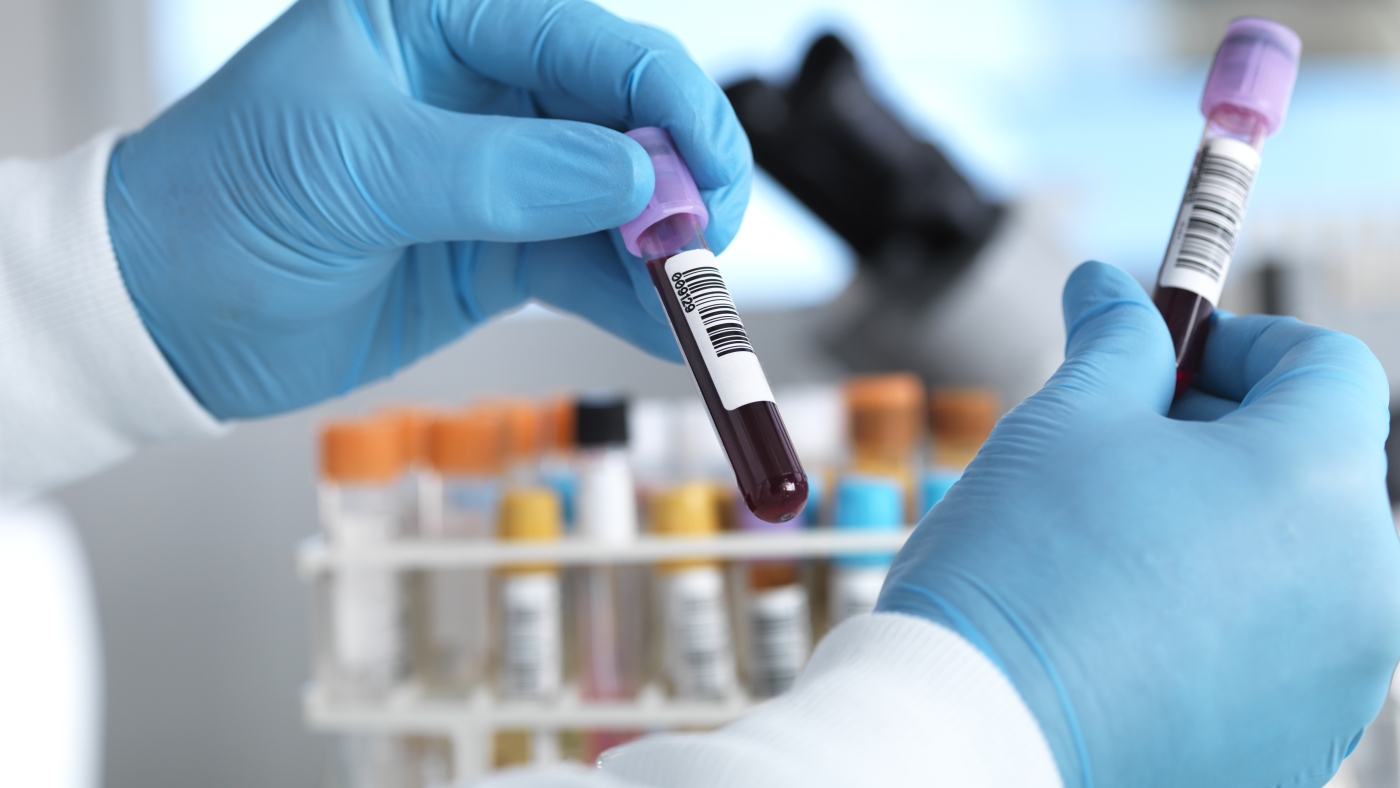Shifting Perspectives: The Growing Desire Among Older Americans to Know Their Alzheimer’s Status
Introduction: A Changing Landscape in Health Awareness
Imagine standing at a crossroads where knowledge could change the course of your future. For many older Americans, this isn’t just a hypothetical scenario—it’s a reality they’re actively choosing to face. A recent survey of 1,700 Americans aged 45 and older revealed that 79% want to know if they are in the early stages of Alzheimer’s disease. This striking statistic signals a profound shift in attitudes toward health, aging, and cognitive decline.
No longer content with uncertainty, older adults are embracing the power of early diagnosis, even when it comes with emotional and psychological challenges. This trend reflects broader societal changes—greater health literacy, advancements in medical science, and a cultural shift toward proactive, rather than reactive, healthcare.
But what’s driving this change? And what does it mean for individuals, families, and the healthcare system?
The Drive for Early Diagnosis
Proactive Health Management: Taking Control Before It’s Too Late
Gone are the days when aging meant passively accepting whatever health challenges came one’s way. Today’s older adults are more informed, more engaged, and more determined to shape their futures. The overwhelming desire to know one’s Alzheimer’s status isn’t just about curiosity—it’s about agency.
Early diagnosis opens doors:
– Future planning: Legal, financial, and care decisions can be made while cognitive abilities are intact.
– Lifestyle adjustments: Diet, exercise, and cognitive therapies may slow progression.
– Clinical trial access: Experimental treatments often require early-stage participants.
This proactive mindset mirrors trends in other areas of medicine, such as cancer screenings and genetic testing. People no longer see ignorance as bliss—they see it as a missed opportunity.
The Role of Advancing Treatments: Hope on the Horizon
The survey highlights a critical demand for better diagnostic tools and treatments. While Alzheimer’s remains incurable, recent breakthroughs in medications like lecanemab and donanemab—which target amyloid plaques—have fueled optimism. Early detection could mean accessing therapies that delay cognitive decline, buying precious time for patients and families.
However, challenges remain:
– Diagnostic barriers: Current methods (spinal taps, PET scans) are expensive and invasive.
– Treatment accessibility: New drugs are costly and not universally covered by insurance.
The public’s growing interest in early diagnosis should push researchers and policymakers to prioritize more accessible, affordable testing options.
The Psychological and Emotional Implications
Facing the Fear: Knowledge vs. Dread
Learning one has Alzheimer’s is undeniably daunting. Yet, the survey suggests that most older adults prefer certainty over uncertainty, even when the news is bad. Why?
– Reduced anxiety: Ambiguity can be more stressful than a clear diagnosis.
– Empowerment: Knowing allows individuals to take action rather than live in limbo.
– Legacy-building: Many want to document memories, share wisdom, and strengthen relationships while they still can.
Still, the emotional toll is real. Counseling and support systems must be in place to help individuals and families process the news constructively.
The Critical Role of Support Networks
An Alzheimer’s diagnosis doesn’t just affect the individual—it ripples through families and communities. Strong support systems are essential:
– Family education: Helping loved ones understand the disease reduces stigma.
– Therapy and counseling: Mental health support eases the transition.
– Community programs: Social engagement can slow decline and improve quality of life.
Healthcare providers must move beyond diagnosis to offer holistic care plans that address emotional, social, and practical needs.
The Impact on Healthcare Policy and Practice
Policy Implications: Funding, Access, and Equity
The survey’s findings should be a wake-up call for policymakers. Key priorities include:
– Increased research funding: Accelerating early detection methods and treatments.
– Insurance reform: Ensuring coverage for diagnostic tests and new therapies.
– Public awareness campaigns: Reducing stigma and encouraging early testing.
Without systemic changes, the desire for early diagnosis will outpace the infrastructure needed to support it.
Transforming Medical Practice: Training and Preparedness
Doctors, nurses, and caregivers must adapt to this shift in patient expectations. This means:
– Better communication skills: Delivering difficult news with empathy.
– Continuing education: Staying updated on the latest diagnostic tools and treatments.
– Integrated care models: Coordinating neurologists, geriatricians, and mental health professionals.
Healthcare systems that fail to evolve risk leaving patients and families stranded without guidance.
Conclusion: A Call to Action for a More Informed Future
From Awareness to Action
The survey’s message is clear: older Americans are ready to face Alzheimer’s head-on. This shift represents more than just changing attitudes—it’s a demand for a healthcare system that meets people where they are.
To honor this growing desire for knowledge, we must:
The fear of Alzheimer’s won’t disappear overnight, but with the right tools and systems in place, we can transform it from a looming threat into a manageable challenge. The future of Alzheimer’s care starts with listening to those who are saying, “I want to know.”
Now, the question is: Is society ready to respond?











